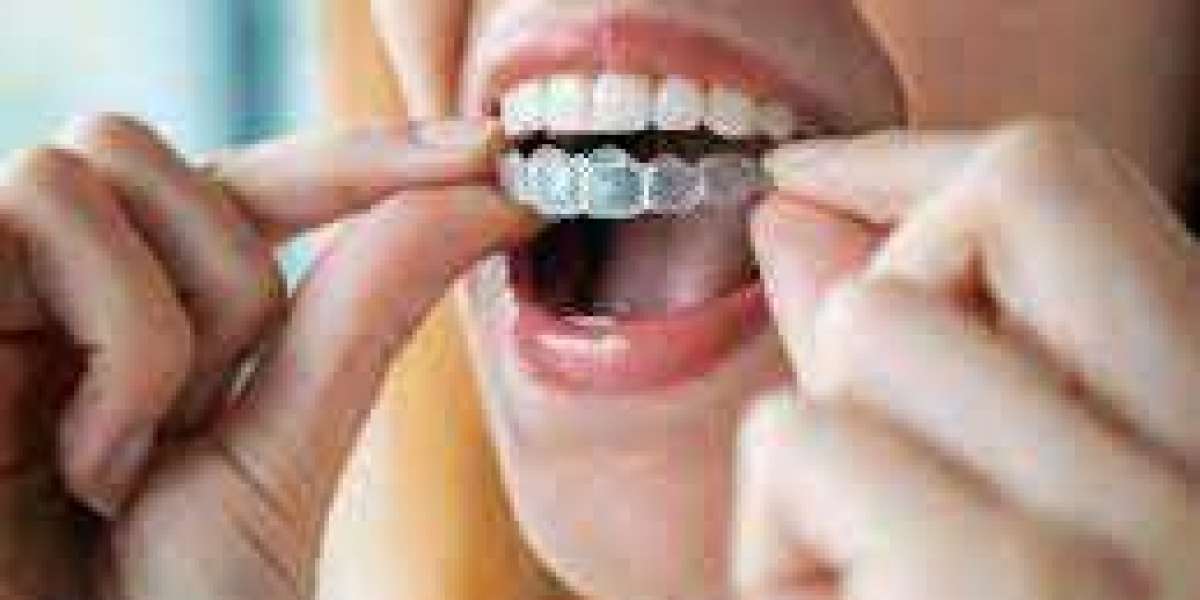Invisalign aligners have revolutionized orthodontic treatment by offering a discreet and convenient alternative to traditional braces. These clear, removable aligners can effectively straighten teeth and address various orthodontic issues. However, before embarking on an Invisalign journey, it's crucial to consider certain factors to ensure a successful and satisfying treatment experience. This article explores the key considerations you need to keep in mind before wearing Invisalign aligners, providing you with the information necessary to make an informed decision.
Candidacy and Treatment Goals
Determining your candidacy for Invisalign treatment and clarifying your treatment goals are essential initial steps. Consider the following factors:
Orthodontic Needs:
Consult with an experienced orthodontist to assess whether Invisalign aligners are suitable for your specific orthodontic needs. Invisalign can address a range of issues, including overcrowded teeth, gaps, overbites, underbites, and crossbites. However, complex cases may require alternative treatment options.
Treatment Expectations:
Clearly define your treatment goals and communicate them with your orthodontist. Discuss your desired timeline, outcome, and any concerns or limitations you may have. Realistic expectations and effective communication will ensure that you and your orthodontist are on the same page throughout the treatment process.
Compliance and Lifestyle Considerations
Invisalign treatment relies on patient compliance and lifestyle adjustments. Take into account the following factors:
Commitment to Wear:
To achieve optimal results, you must commit to wearing your Invisalign aligners for the recommended duration each day, typically 20 to 22 hours. Consistency is key, as failure to comply with wearing instructions may prolong the treatment timeline or compromise the outcome.
Diet and Eating Habits:
Invisalign aligners are removable, allowing you to enjoy most foods without restrictions. However, it's important to remove the aligners before eating and brush your teeth before reinserting them to maintain oral hygiene. Sticky or hard foods should be avoided to prevent damage to the aligners.
Oral Hygiene Routine:
Maintaining a rigorous oral hygiene routine is crucial during Invisalign treatment. Brushing and flossing after each meal and before reinserting the aligners helps prevent plaque buildup and maintain optimal oral health. Neglecting proper hygiene may lead to tooth decay or gum issues.
Lifestyle Adaptations:
Invisalign aligners offer the advantage of being virtually invisible, but you should be prepared to adapt your lifestyle accordingly. Avoiding smoking, limiting alcohol consumption, and minimizing coffee or tea intake can help prevent discolouration or staining of the aligners.
Treatment Process and Follow-up Care
Understanding the treatment process and the necessary follow-up care is vital for a smooth Invisalign experience:
Treatment Timeline:
Invisalign treatment duration varies depending on the complexity of your case and your treatment goals. Typically, treatment can range from several months to a couple of years. Discuss the estimated timeline with your orthodontist to ensure it meets your expectations.
Aligner Changes:
During your treatment, you will receive a series of aligners that gradually shift your teeth into the desired position. You must change aligners according to your orthodontist's instructions, usually every one to two weeks. Regular follow-up appointments will be scheduled to monitor progress.
Discomfort and Speech Changes:
Some patients may experience initial discomfort or speech changes when wearing Invisalign aligners. This is normal as your mouth adjusts to the aligners. The discomfort typically subsides within a few days, and any speech changes gradually improve as you get accustomed to the aligners.
Retention Phase:
After completing your Invisalign treatment, a retention phase is necessary to maintain the results. This often involves wearing a retainer, typically at night, to prevent teeth from shifting back to their original position. Compliance with the retention phase is crucial for long-term success.
Conclusion:
Before embarking on Invisalign treatment, it's crucial to consider various factors to ensure a positive experience and successful outcome. Candidacy assessment, clear treatment goals, compliance with wearing instructions, lifestyle adaptations, proper oral hygiene, understanding the treatment process, and follow-up care are all vital aspects to keep in mind.
Collaborate closely with an experienced orthodontist to address any concerns, receive personalized guidance, and develop a treatment plan that aligns with your needs and expectations. By considering these important factors, you can make an informed decision and embark on your Invisalign journey with confidence, knowing you're well-prepared to achieve the straight, beautiful smile you desire.






